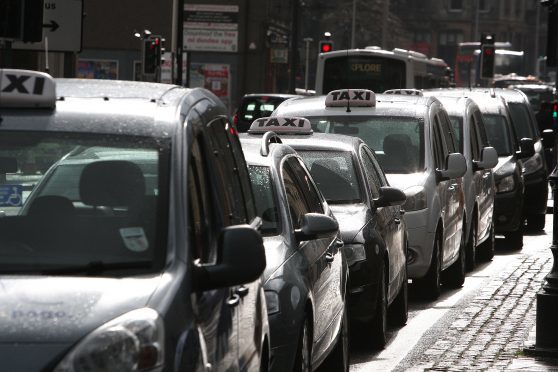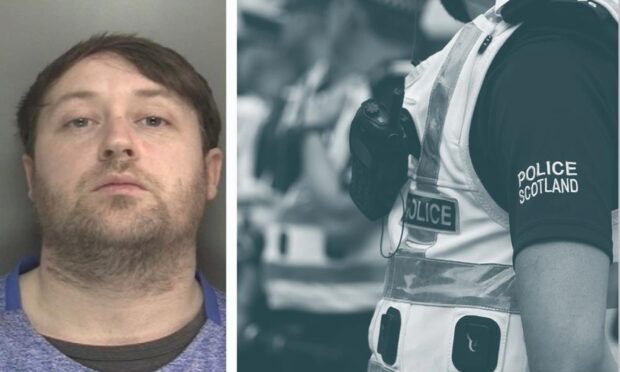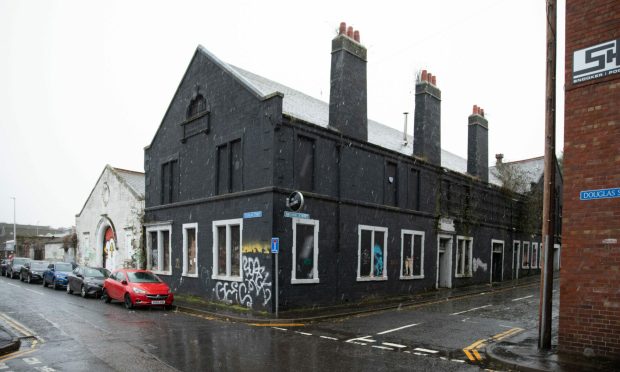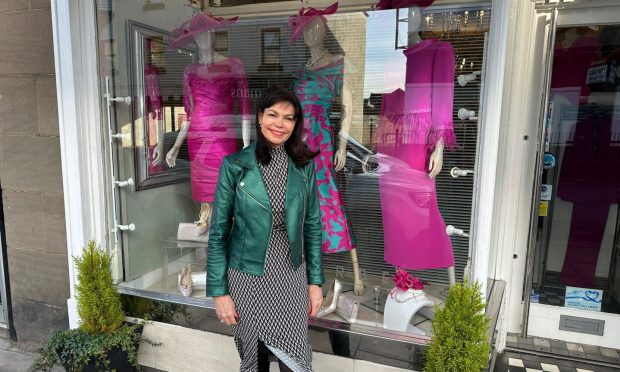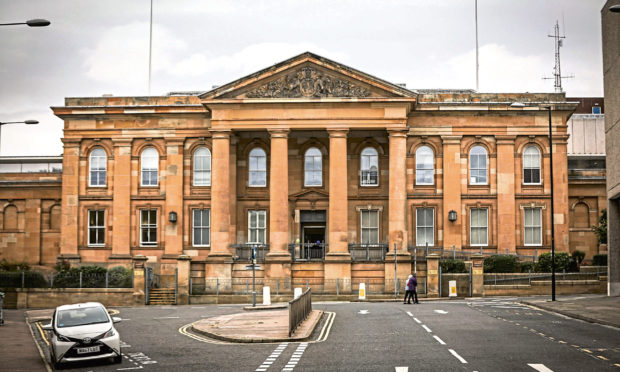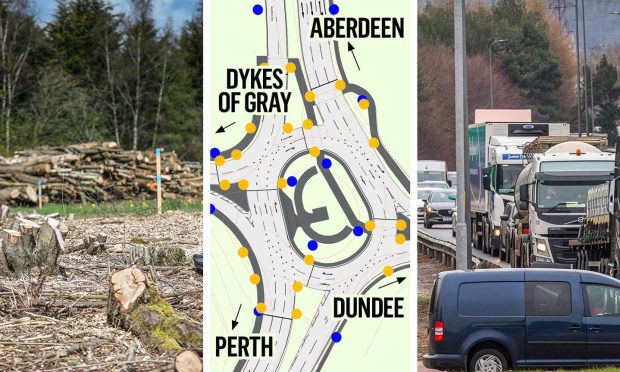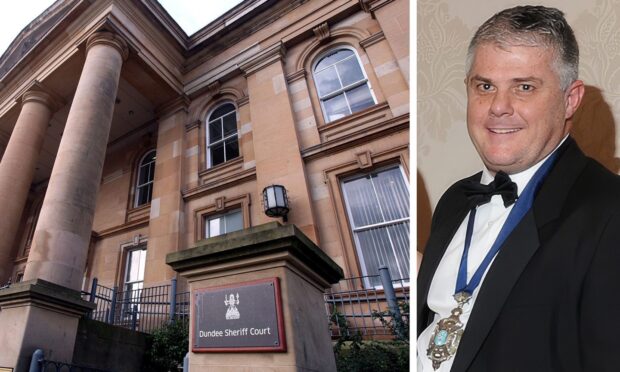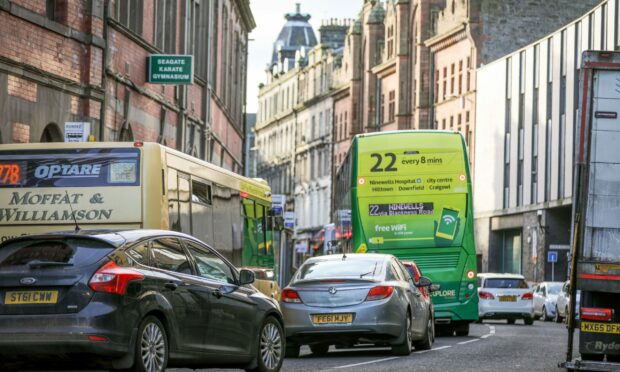Occasionally, when the moment is right and I’m feeling particularly pretentious, I like to drop a little French into the conversation.
In particular, I’m fond of deploying the phrase “plus ça change, plus c’est la même chose” (the more things change, the more things stay the same), in the hope it conveys a sense of both worldliness and sophistication.
Sadly, that impression is entirely undermined by the fact it’s a saying I picked up from an X-Men comic when I was 12.
Similarly, the Latin phrase Quis custodiet ipsos custodes (who watches the Watchmen)? remains relevant today, even if most people associate it with the Alan Moore and David Gibbons’ Watchmen, which revolutionised comics in the 1980s.
The latter saying sprang to mind this week when it emerged police in Dundee are asking taxi drivers to tip them off if they suspect youths may be engaged in a form of social interaction known as partying.
A letter sent to taxi companies as part of Operation Islington urged drivers to let their control rooms know if they dropped passengers off at what they presumed to be house parties and if those their passengers appeared to be under the influence of alcohol or drugs.
Police said the move was a response to a series of – alleged – violent crimes involving youths in Dundee.
On one level, this seems perfectly reasonable. Police need to know where possible flashpoints are, so making efforts to learn where there could be outbreaks of anti-social behaviour makes sense.
But – and this is a big but – asking taxi drivers to say where they think a crime or anti-social behaviour may occur seems a little over-the-top.
Taxi drivers are there to take passengers from A to B, not to speculate about what happens at B.
Nor can taxi drivers reasonably be expected to judge whether or not any criminality will occur after dropping off a fare.
More pertinently, however, the move will reduce trust between young people and the police.
The police provide a necessary and vital service. Officers do difficult work that would make most of us run a mile.
But making the public feel they are being spied on, or that their behaviour is intrinsically suspicious or criminal, is unlikely to win officers many friends.
Nor is it, by all accounts, very popular with the very taxi drivers being asked to be the new frontline in policing in Dundee.
